New posts from thoughtshrapnel.com
Thought Shrapnel
Eudaimonic exercise

Audrey Watters discusses “the yips,” a term for “a form of dissociative freeze” which is bound up with trauma and can lead to performance anxiety and failure.
I have nowhere near the level of trauma that Audrey has had in her life, but I certainly recognise the use of exercise and competition (with others / with self) as a way of not addressing certain things. For example, I’ve had some kind of virus over the last few days which has made me feel weak. I was desperate to get back to the gym.
Even without the personal grief, trauma, and baggage we carry around as we age, the pandemic means that we have a lot of collective issues to process. Exercise seems benign because it doesn’t seem destructive like, for example, drug use. But anything can be an addictive behaviour — and, as Aristotle pointed out, eudaimonia does not sit at an extreme.
I can troubleshoot what went wrong at the gym on Wednesday. I can troubleshoot why I’m having trouble getting back to the pace and distance I was running before my “accident.” I have a whole list of physiological reasons why the barbell’s not moving, why my legs are moving. My age. My training. My knee. My glutes. My diet. My sleep.
But I’m starting to recognize – really recognize – some significant psychological reasons too. My trauma. My trauma. My trauma. Not just my fall, but all the trauma that I’ve experienced in the last few years, last few decades. I’ve funneled a lot of my hopes for “mental health” into the rhythms of exercise and movement, and it’s an incredibly fragile routine.
There are times when I know my body loves it. And there are times when my brain certainly does too. But there are other times, particularly when I get the yips (which, for the record don’t always look like failing at a deadlift; it can be something that happens all the time, like failing to lean forward as I run) that I’m starting to recognize now are bound up in fear and shame.
I don’t think any amount of “tracking” or “optimization” with gadgets is going to address this issue. For me or for others. Indeed, what if we’re just making things worse?
Source: Second Breakfast
Boundaries
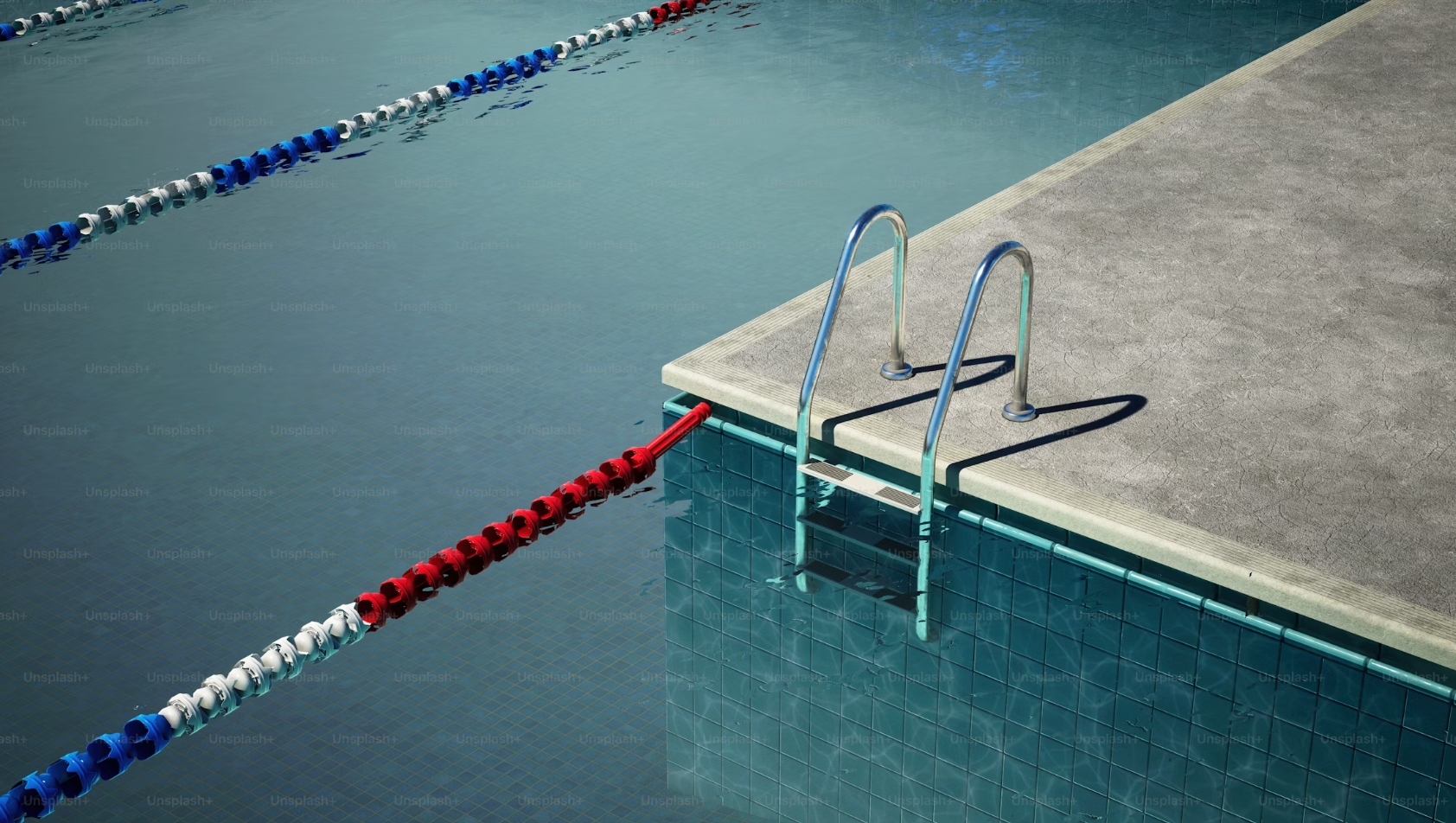
I might pay for Noah Smith’s publication if it weren’t on Substack. While it’s a shame that I may never see the bit beyond the paywall of this article, there’s enough in the bit I can enough read to be thought-provoking.
He riffs off a Twitter thread by Mark Allan Bovair who points to 2015 when lots of people started to be extremely online. This changed society greatly because we started understanding the world through a political lens, both online and offline. (Although there isn’t really an ‘offline’ any more with smartphones in our pockets and wearables on our wrists.)
We like to think that our worldviews are based on facts, but they’re much more likely to be based on emotion. Given the increasingly-short social media-fueled news cycles, our tendency to favour images and video over text, and our willingness to share things that fit with our existing worldview, I think we’re in a lot of trouble, actually.
(I’d also point out in passing that the moral panic around teenagers and smartphones whipped up by commenters such as Jonathan Haidt says more about parents than it does about their kids)
Those equating this to events or technology are missing the point. There was a shift around 2015 where the “online” world spilled over into the real world and the way we view/treat each other changed.
After 2015 things in everyday life started to go through the political lens. We started to bucket people and behaviors along the political spectrum, which was largely an online behavior pre-2015. We started judging everyone as left or right, or we walked on eggshells to avoid it.
Before that, you knew your neighbor was Republican or Democrat based on their lawn signs, but it had little bearing on your daily interactions or behaviors. And it only seemed to matter every four years for a few months. Now it’s constant and pervasive.
And pre-2015 we had phones and social media, but there was more of a boundary, and most people would “log off” most of the day. The dopamine addiction, heightened by the polarization, was much lower. Only fringe message board and twitter posters spent their days arguing online, now it’s everywhere, and there’s no real boundary.
Source: Noahpinion
Borobudur

M.E. Rothwell’s Cosmographia is a frequent delight, and his latest missive really hits my sweet spot: an unknown history, a huge structure, and a bit of a mystery. I encourage you to go and read the whole thing, or at least just look at the wonderful illustrations.
Borobudur is the largest and most elaborate Buddhist temple in the entire world. Yet its origins remain a mystery.
The temple lies in central Java, Indonesia, surrounded by thick jungle and a ring of mountains. It’s suspected its construction, amid an area with no traces of any other ancient buildings, palaces, or cities, may have been begun by the Shailendra and/or Sanjaya dynasties of 8th century Java. It’s estimated one million stones, each weighing 100kg each, were mined from a nearby riverbed in order to build the stupa, which contains 504 statues of the Buddha and almost 3000 carved stone reliefs.
No one quite knows why such a vast Buddhist edifice was built in a primarily Hindu area, some 5000km away from the centre of Buddhist thought. It’s not even known what precise function it served. The sophisticated civilisation that birthed it went into a sudden and mysterious decline within a century of the temple’s completion in the mid-9th century.
[…]
[T]he temple was ‘rediscovered’ by the man with the most British name of all time — Sir Thomas Stamford Bingley Raffles. As Governor General of the Dutch East Indies between 1811 and 1816, Raffles took great interest in the history of the island. After he heard about the existence of a huge monument deep in the jungle, he dispatched Dutch engineer Hermann Cornelius to investigate. It took his team two months to cut back the undergrowth to reveal the extent of the huge temple complex.
Source: Cosmographia
The New York Times is a gaming platform
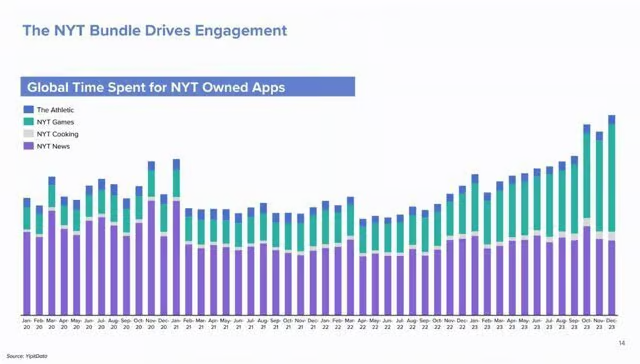
Via Garbage Day, this chart shows that The New York Times is more of a gaming platform than a news platform, in terms of time spent by visitors to their apps.
Remember when they bought Wordle? That was right at the end of January 2022 and here we are a couple of years later with games being a major driver of eyeballs on news sites.
This is inevitable, I guess, given that the majority of people get their news via headlines on social media, and that news sites increasingly have paywalls or login-gates. Still interesting though.
I am very excited about this chart because, as I wrote last month, The New York Times is a tech platform now, but, specifically, they’re a gaming platform. Which I always suspected would be the Next Big Thing in digital media and I’ve been desperate for example of how it would work.
You can track stages of internet development by the evolution of the web portal. And the biggest publishers tend to operate downstream and also mimic those portals. In the read-only age of AOL and Yahoo, you had static news sites. In the search and social age of Facebook and Google, you had aggregation and viral media. And the new age coming into focus right now is almost certainly led by interactive entertainment platforms. Entire ecosystems built around videos and games. And, like it or not, the next Pop Crave will be inside of Fortnite or, possibly, own their own version of it.
Source: Garbage Day
De-bogging yourself
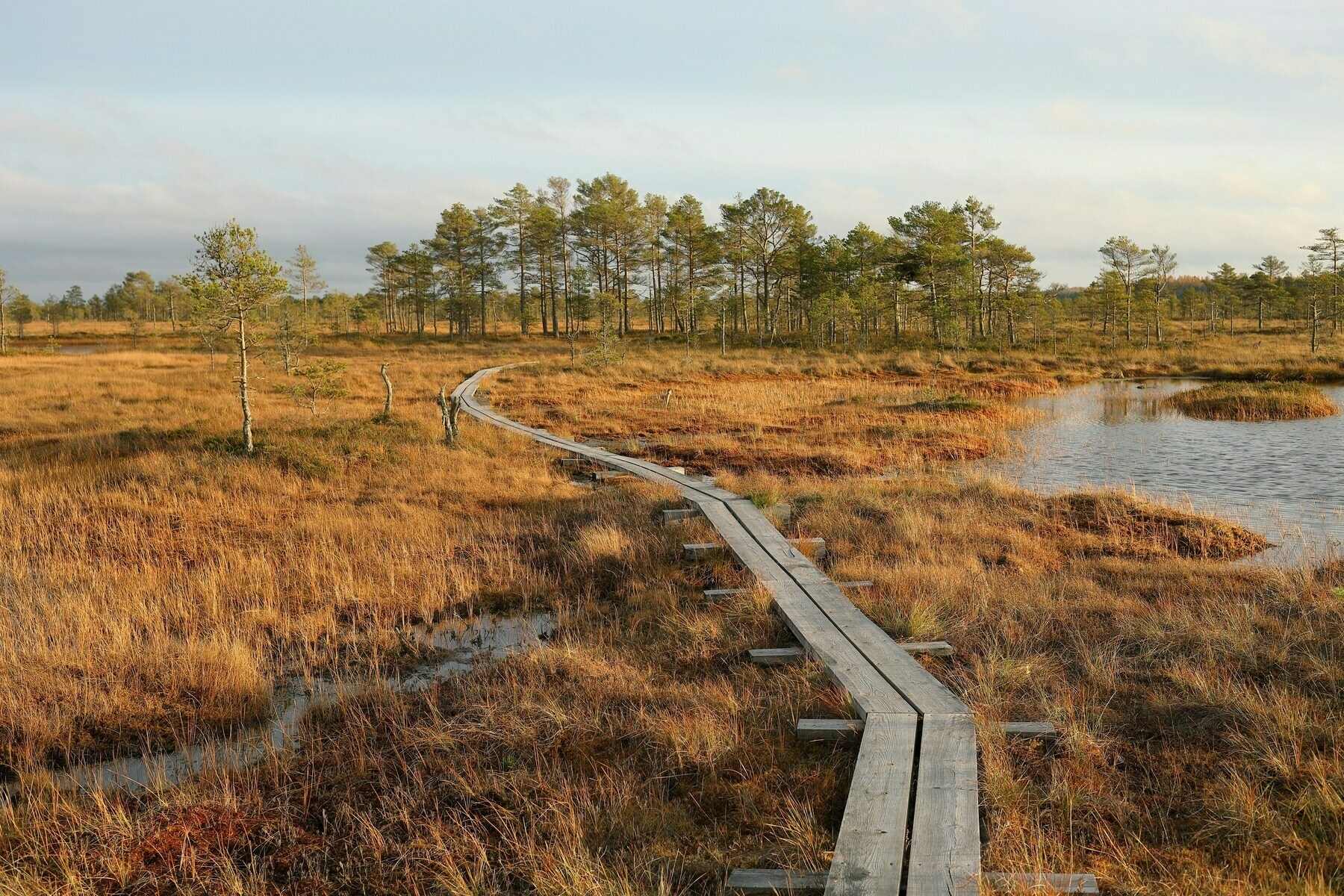
I’ll not do this often, and I obviously encourage you to read the original article, but here’s a GPT-4 summary of a fantastic post by Adam Mastroianni from the start of the year.
His topic is getting yourself out of a situation where you’re stuck, which he calls “de-bogging yourself”. I love the way he breaks it down into three different kinds of ‘bog phenomena’ and gives names to examples which fall into those categories.
Insufficient Activation Energy: Describes a lack of motivation to change, encompassing scenarios such as taking on unwanted projects (gutterballing), waiting for a perfect solution (waiting for jackpot), avoiding necessary actions out of fear (declining the dragon), and remaining in mediocre situations due to a lack of motivation to change (the mediocrity trap). Additionally, it covers obsessing over problems without seeking solutions (stroking the problem).
Bad Escape Plans: Details flawed strategies for change, including the belief that mere effort without direction will lead to improvement (the “try harder” fallacy), unrealistic expectations of future effort (the infinite effort illusion), blaming external factors (blaming God), misunderstanding the nature of problems (diploma vs. toothbrushing problems), expecting personal transformation without basis (fantastical metamorphosis), and attempting to control others’ actions (puppeteering).
A Bog of One’s Own: Explores self-imposed psychological barriers to progress, such as overvaluing insignificant details (obsessing over tiny predictors) and holding unrealistic views of personal and others’ problems (personal problems growth ray). It also discusses the detrimental effects of constant worry over external issues (super surveillance) and refusal to accept simple solutions (hedgehogging), culminating in the belief that personal satisfaction is unattainable (impossible satisfaction).
Source: Experimental History
Image: Maksim Shutov
Football fan hierarchy
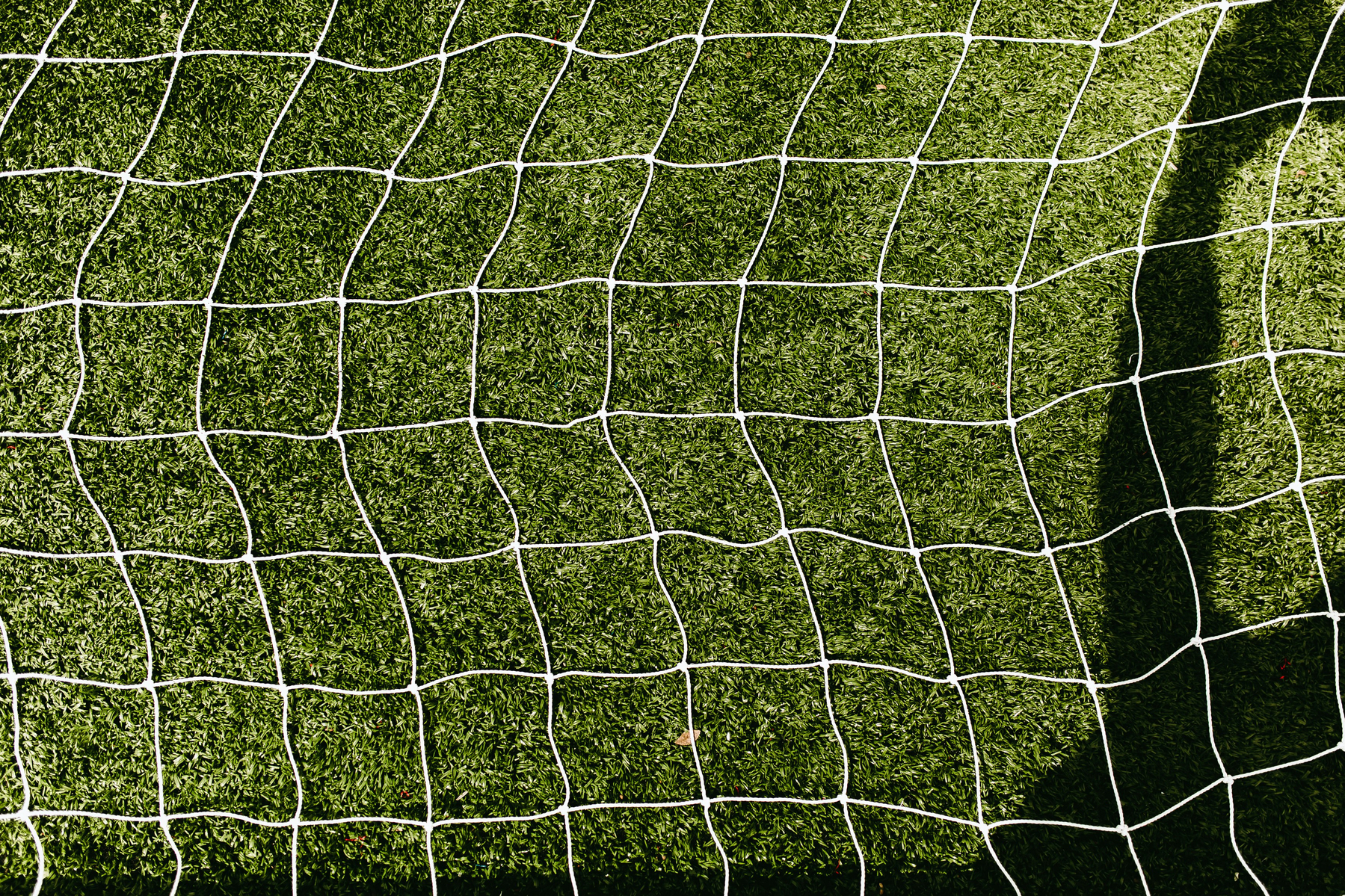
It remains a source of frustration to me that my kids support Liverpool. They’ve never been to a home game, and (I suspect) only chose them because they’re a good team in the Premier League, my wife being born there gave them an excuse, and my team (Sunderland) were doing terribly during their early years.
Of course, you can support whatever football team you like. But, as my mate Adam bangs on about all of the time, big money in football has corrupted the game.
[T]here are two concurrent developments taking place here. The first is the gradual realignment of fan hierarchy along the lines of one’s ability to pay: a development years in the making but now reaching a kind of tipping point amid rising prices and declining living standards. In his typically empathic and erudite way, Postecoglou was countering an argument that didn’t really exist. Nobody is discussing restricting access to foreign fans, who have always been able to rock up and buy a ticket. But in romanticising the devotion of the wealthy, amid price hikes that have enraged longstanding Spurs fans, Postecoglou offered up a justification that Daniel Levy and the corporate press office could scarcely have scripted more perfectly.
The other is the gradual erosion of the big club fanbase as a place of congregation and common ground. Broadening a fanbase also weakens it, weakens the ties that bind fans to each other, weakens their inclination to unite and organise. The mass of (mostly domestic-based) Manchester United fans resisting the sale of their club to a Qatari bidder were met by an equal and opposite wave of (mostly foreign-based) fans backing the Qatari bid. Meanwhile, how can we expect Chelsea fans to resist a future Super League if they can no longer even agree on whether Armando Broja is any good?
Source: The Guardian
Image: travis jones
Itano Circus

I can’t remember where I came across it, but I’ve bookmarked both a YouTube video and the Wikipedia article for the signature style of Japanese animator Ichirō Itano.
Not only is it awesome in its own right, I think I’m correct in saying that the person who mentioned it was using it as a metaphor for attacking something from multiple angles. Which is also fantastic.
Itano is best known among anime fans for a style of action scene that he developed, usually nicknamed “Itano Circus” (板野サーカス, Itano sākasu) or “Macross missile massacre” by fans; it refers to a highly stylized and acrobatic method of depicting aerial combat and dogfights in many anime, particularly the Macross series.
The battle scenes of the conventional mecha animation took the style of “duel” using guns and swords such as Western (genre) and Jidaigeki and there were many staging which emphasized the heaviness and posing (decision pose) of the robot. A good example of this is sword fight in battle scenes such as Gundam. He created new scenes with the acrobatic moves.
Source: Ichirō Itano
Gif from video: “It’s The Circus”
A tiny oasis of life, surrounded by an immensity of death
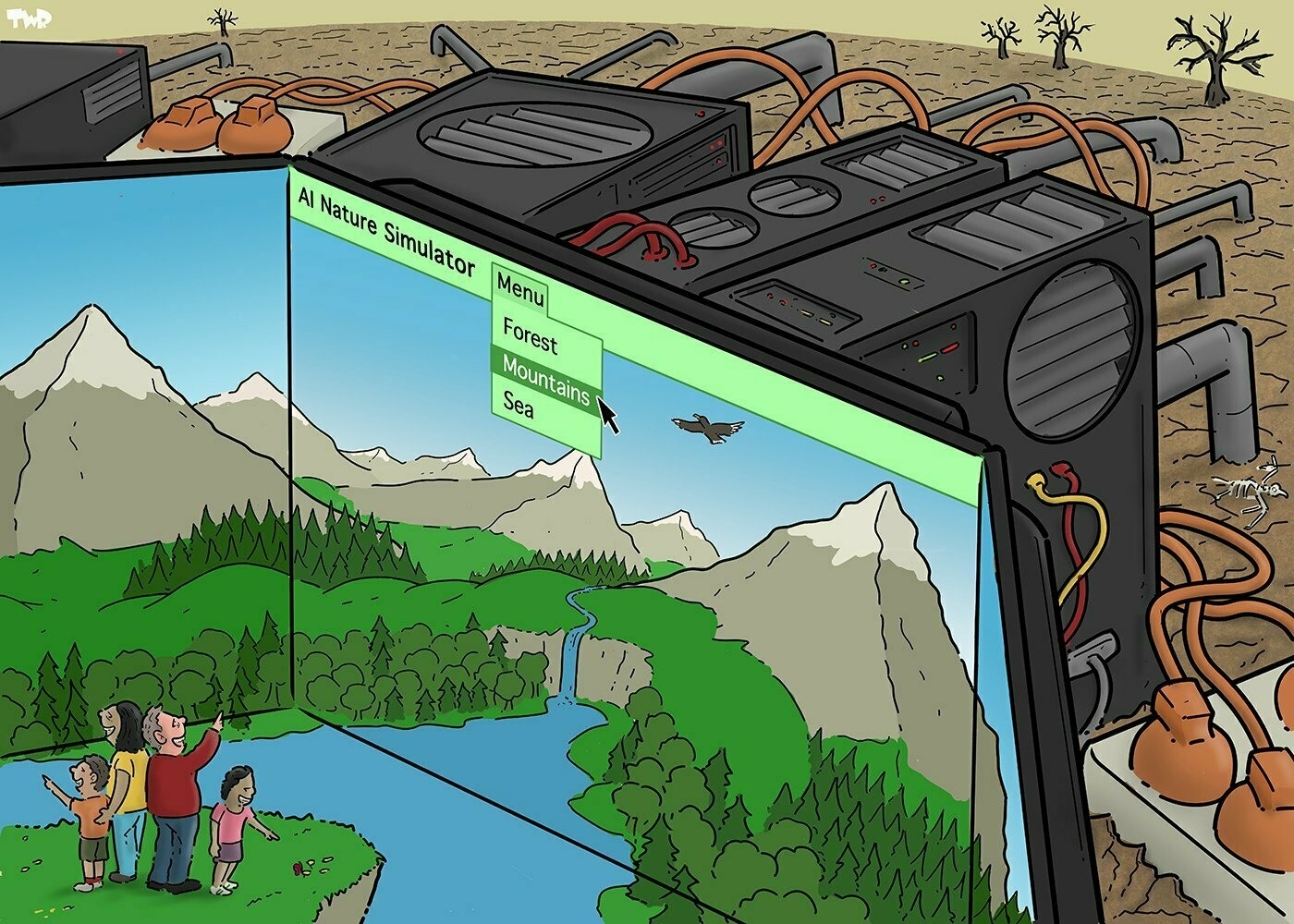
This cartoon is exactly the scenario I’m concerned about happening to the planet we call home. I’m going to juxtapose it with a quotation from William Shatner, the actor best known for his role in Star Trek and who finally got to go to space in 2021
Last year, at the age of 90, I had a life-changing experience. I went to space, after decades of playing a science-fiction character who was exploring the universe and building connections with many diverse life forms and cultures. I thought I would experience a similar feeling: a feeling of deep connection with the immensity around us, a deep call for endless exploration. A call to indeed boldly go where no one had gone before.
I was absolutely wrong. As I explained in my latest book, what I felt was totally different. I knew that many before me had experienced a greater sense of care while contemplating our planet from above, because they were struck by the apparent fragility of this suspended blue marble. I felt that too. But the strongest feeling, dominating everything else by far, was the deepest grief that I had ever experienced.
While I was looking away from Earth, and turned towards the rest of the universe, I didn’t feel connection; I didn’t feel attraction. What I understood, in the clearest possible way, was that we were living on a tiny oasis of life, surrounded by an immensity of death. I didn’t see infinite possibilities of worlds to explore, of adventures to have, or living creatures to connect with. I saw the deepest darkness I could have ever imagined, contrasting starkly with the welcoming warmth of our nurturing home planet.
This was an immensely powerful awakening for me. It filled me with sadness. I realised that we had spent decades, if not centuries, being obsessed with looking away, with looking outside. I played my part in popularising the idea that space was the final frontier. But I had to get to space to understand that Earth is, and will remain, our only home. And that we have been ravaging it, relentlessly, making it uninhabitable.
Image: Tjeerd Royaards
Text: The Guardian
'Neom' is the sound of contractors being laid off
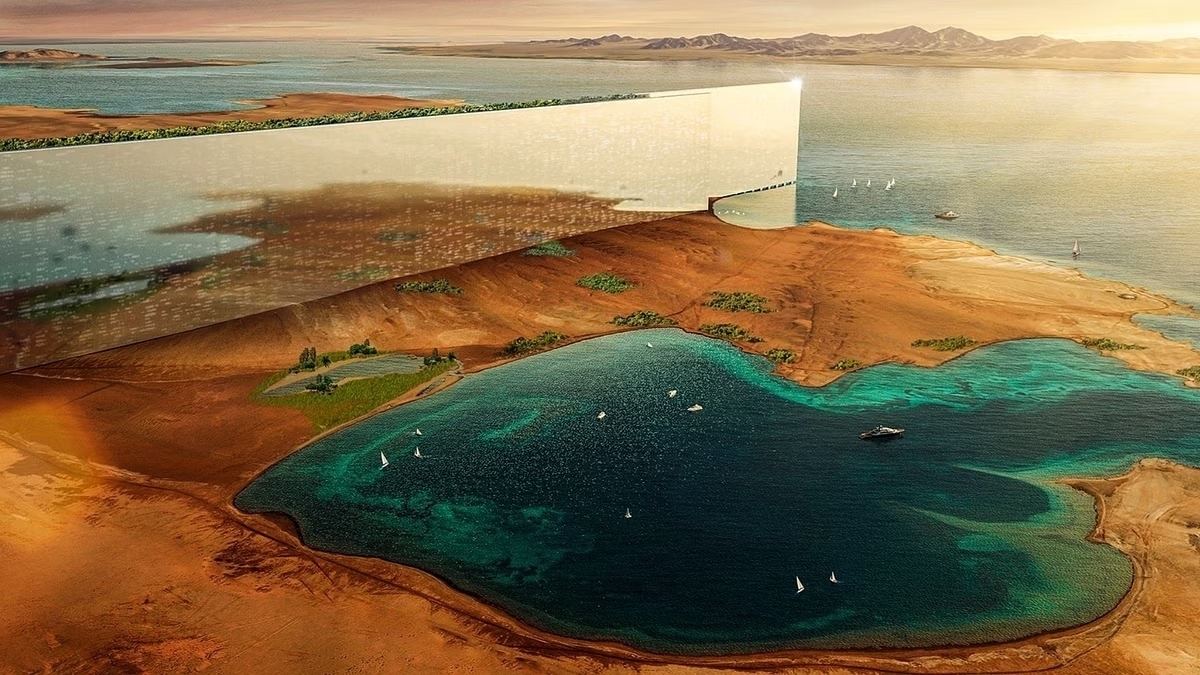
About 15 years ago, local residents where we used to live conned into backing (or at least not opposing) wind turbines being installed close to a residential area. The marketing materials included details of a proposed five-star hotel and golf course, which the developers said would help with tourism. Only the wind turbines were built, the developer “going bust” afterwards. I couldn’t stand the noise of the turbines, and it’s one of the reasons we moved.
It seems a similar kind of bait-and-switch is happening with the much-hyped Neom project in Saudi Arabia, a plan which I thought looked pretty dystopian in the launch video. I may be cynical, but perhaps they never intended to built it all? Perhaps it was meant to deflect attention away from their petro-checmical ambitions, sportswashing, and human rights abuses? It is a huge surprise to me that they built the luxury tourist destination part first. Huge.
Saudi Arabia has scaled back its medium-term ambitions for the desert development of Neom, the biggest project within Crown Prince Mohammed bin Salman’s plans for diversifying the oil-dependent economy, according to people familiar with the matter.
By 2030, the government at one point hoped to have 1.5 million residents living in The Line, a sprawling, futuristic city it plans to contain within a pair of mirror-clad skyscrapers. Now, officials expect the development will house fewer than 300,000 residents by that time, according to a person familiar with the matter.
Officials have long said The Line would be built in stages and they expect it to ultimately cover a 170-kilometer stretch of desert along the coast. With the latest pullback, though, officials expect to have just 2.4 kilometers of the project completed by 2030, the person familiar with the matter said, who asked not to be named discussing non-public information.
Source: Bloomberg